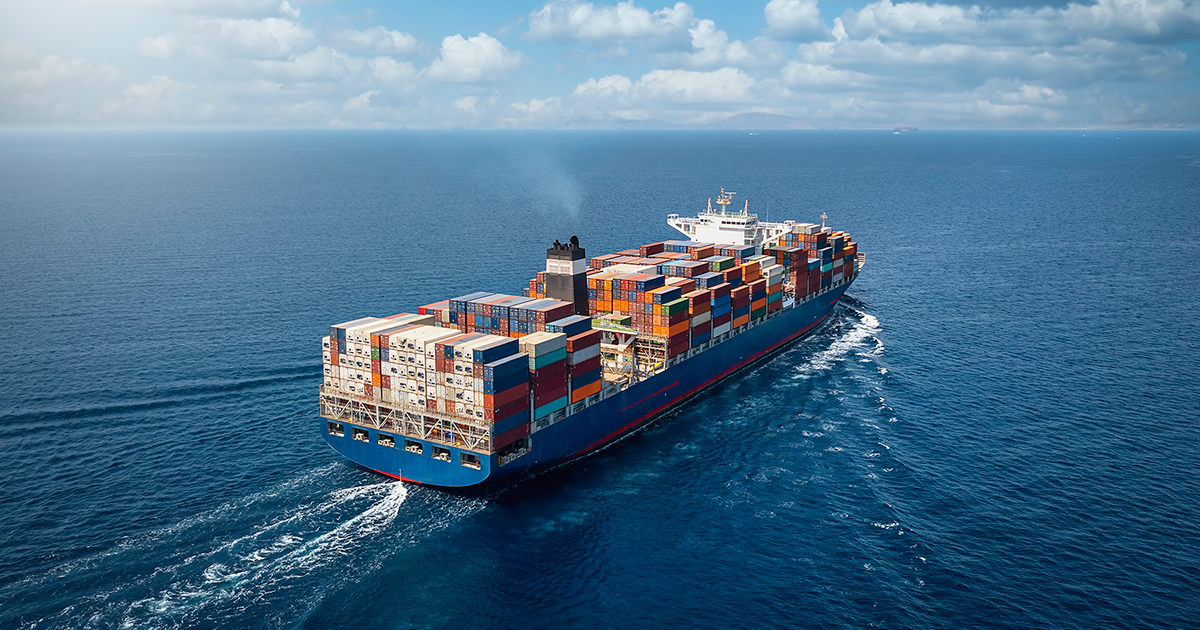Australia and Singapore, which is home to the world’s busiest transshipment hub, have partnered on a $20 million initiative to help reduce emissions in the maritime sector.
The Australia-Singapore Initiative on Low Emissions Technologies (ASLET) for maritime and port operations will be jointly delivered by CSIRO, Australia’s national science agency, and the Maritime and Port Authority of Singapore (MPA).
ASLET intends to support the outcomes of the Singapore and Australia Green and Digital Shipping Corridor (GDSC), which will help decarbonize and digitize shipping routes between Singapore and Australia.
The Governments of Australia and Singapore signed a memorandum of understanding to formally collaborate on establishing the GDSC, which was welcomed at the 9th Annual Leaders’ Meeting in March 2024.
ASLET is expected to unlock new fuel solutions and accelerate the deployment and uptake of zero or near-zero greenhouse gas (GHG) emission technologies at scale and will explore cooperation opportunities between Australia and Singapore in green shipping and port infrastructure initiatives.
The initiative presents a significant opportunity for both countries, given Singapore’s position as the world’s largest bunkering and busiest transshipment hub port and Australia’s potential to be a leading producer and exporter of low-emissions fuels.
MPA Chief Executive, Mr. Teo Eng Dih said, “ASLET has the potential to translate research outcomes from the scientific community from both countries, and to use these technologies to help scale up the production and deployment of low-emissions fuels and technologies at scale.”
“Given Australia’s natural advantage for renewable energy production and Singapore’s hub status, MPA looks forward to making this partnership deliver value to the Singapore-Australia GDSC and to the wider international shipping and port communities,” said Mr. Teo.
CSIRO Chief Executive Dr. Doug Hilton said the collaboration addresses the key industry challenges faced when adopting low emission fuels.
“In order to reach net-zero greenhouse gas emissions from international shipping close to 2050, we need to find reliable, trusted scientific solutions for the industry,” Dr. Hilton said.
“We need to focus on transitioning to low-emissions fuels such as ammonia and hydrogen by developing accessible technology and infrastructure at ports that supports a range of vessels.
“Collaborating with MPA and also industry partners from both countries, we aim to accelerate the decarbonization of the supply chain and help revolutionize the industry.”
The first ASLET Steering Committee meeting, led by representatives from MPA, CSIRO and Singapore’s Agency for Science, Technology and Research (A*STAR), will be convened on April 19 at the Singapore Maritime Week 2024. The Steering Committee, established as part of a joint collaboration agreement, aims to provide strategic direction and evaluate and approve projects on low emission technology projects for maritime and port operations.
The Steering Committee intends to issue a grant call to develop a pipeline of projects consistent with its focus areas and accelerate joint efforts between both countries in maritime decarbonization. As part of ASLET, both Singapore and Australia will commit up to $10 million each in their respective currencies to deliver projects under the initiative. It is expected that the program will also attract industry co-funding.
The initiative will facilitate the research, demonstration, and commercialization of zero and near-zero greenhouse gas emission technologies, fuels and energy sources for use in maritime shipping and port operations.
About the Maritime and Port Authority of Singapore (MPA)
MPA was established on February 2, 1996 with the mission to develop Singapore as a premier global hub port and international maritime center, and to advance and safeguard Singapore’s strategic maritime interests. MPA is the driving force behind Singapore’s port and maritime development, taking on the roles of port authority, maritime and port regulator and planner, international maritime center champion, national maritime representative and a champion of digitalization and decarbonization efforts at regional and international fora such as at the International Maritime Organization. MPA partners industry, research community and other agencies to enhance safety, security and environmental protection in our waters, facilitate maritime and port operations and growth, expand the cluster of maritime ancillary services, and develops maritime digitalization and decarbonization policies and plans, R&D and manpower development. MPA is responsible for the overall development and growth of the maritime domain and Port of Singapore. In 2023, Singapore’s annual vessel arrival tonnage crossed 3 billion Gross Tonnage and remains the world’s busiest transshipment hub, with a total container throughput of 39.0 million 20-foot equivalent units (TEUs). For more information.


